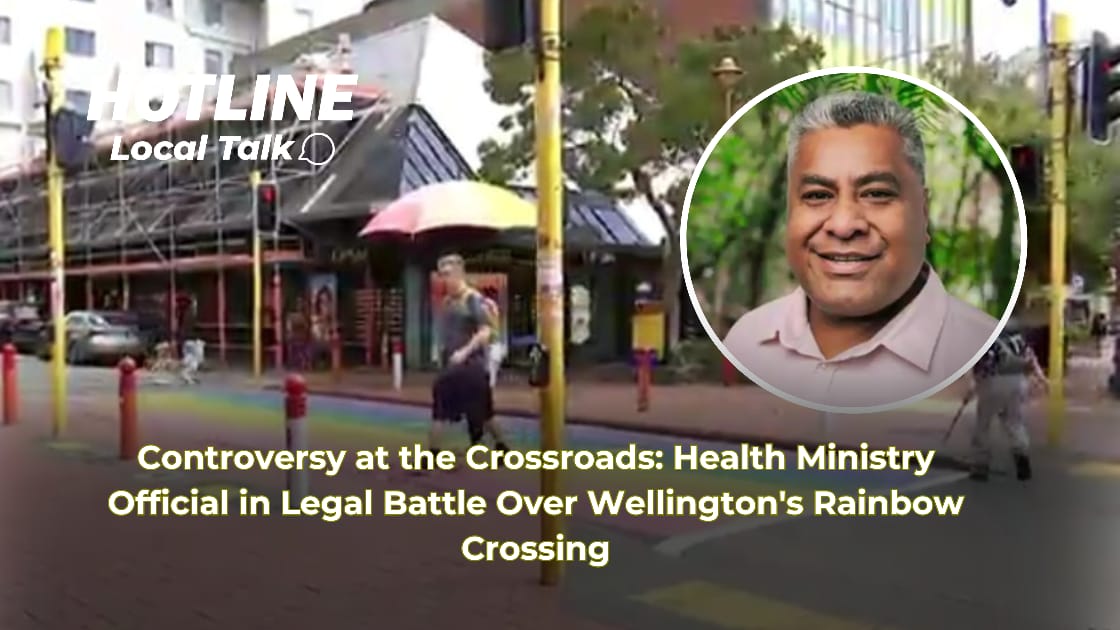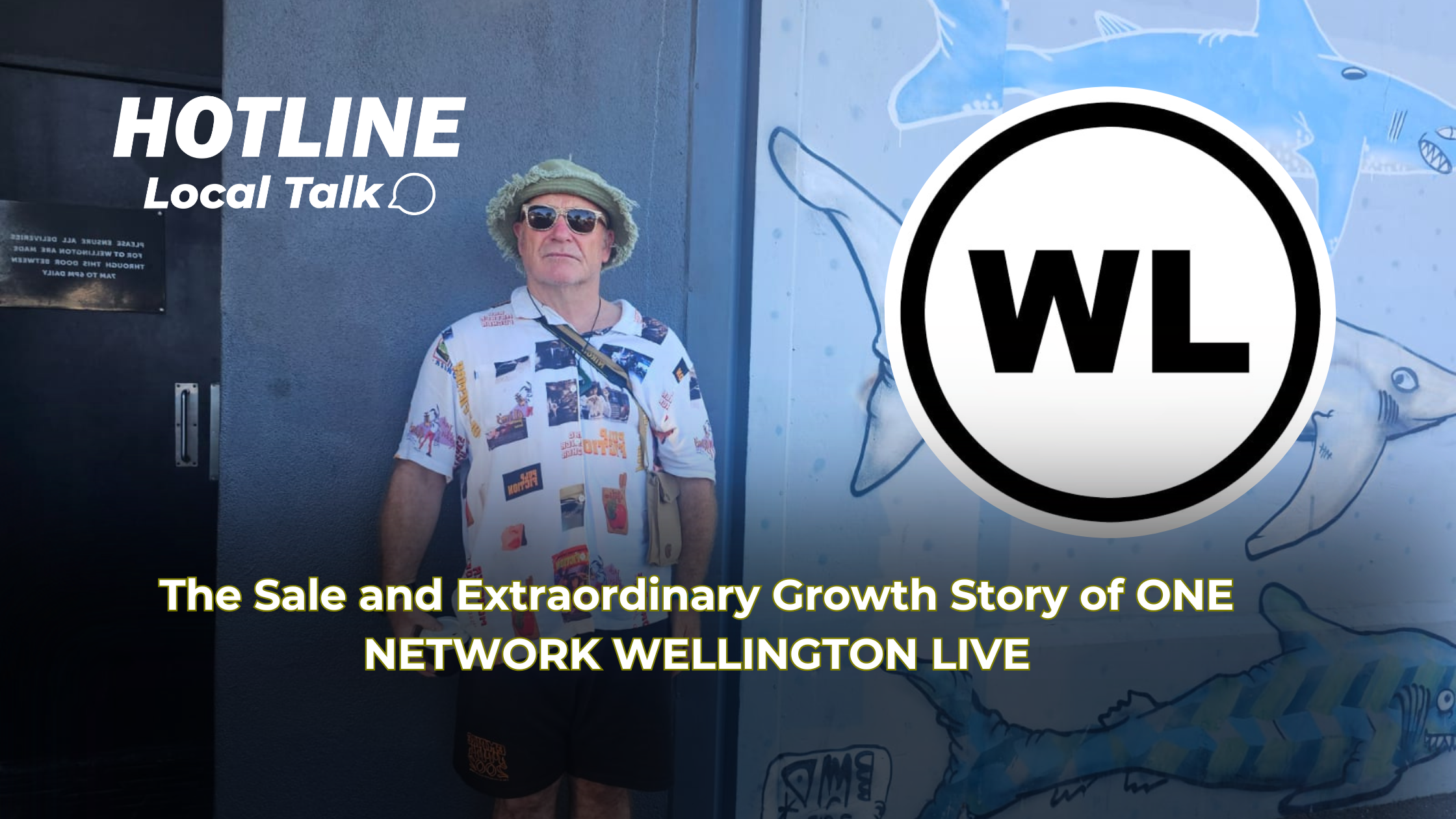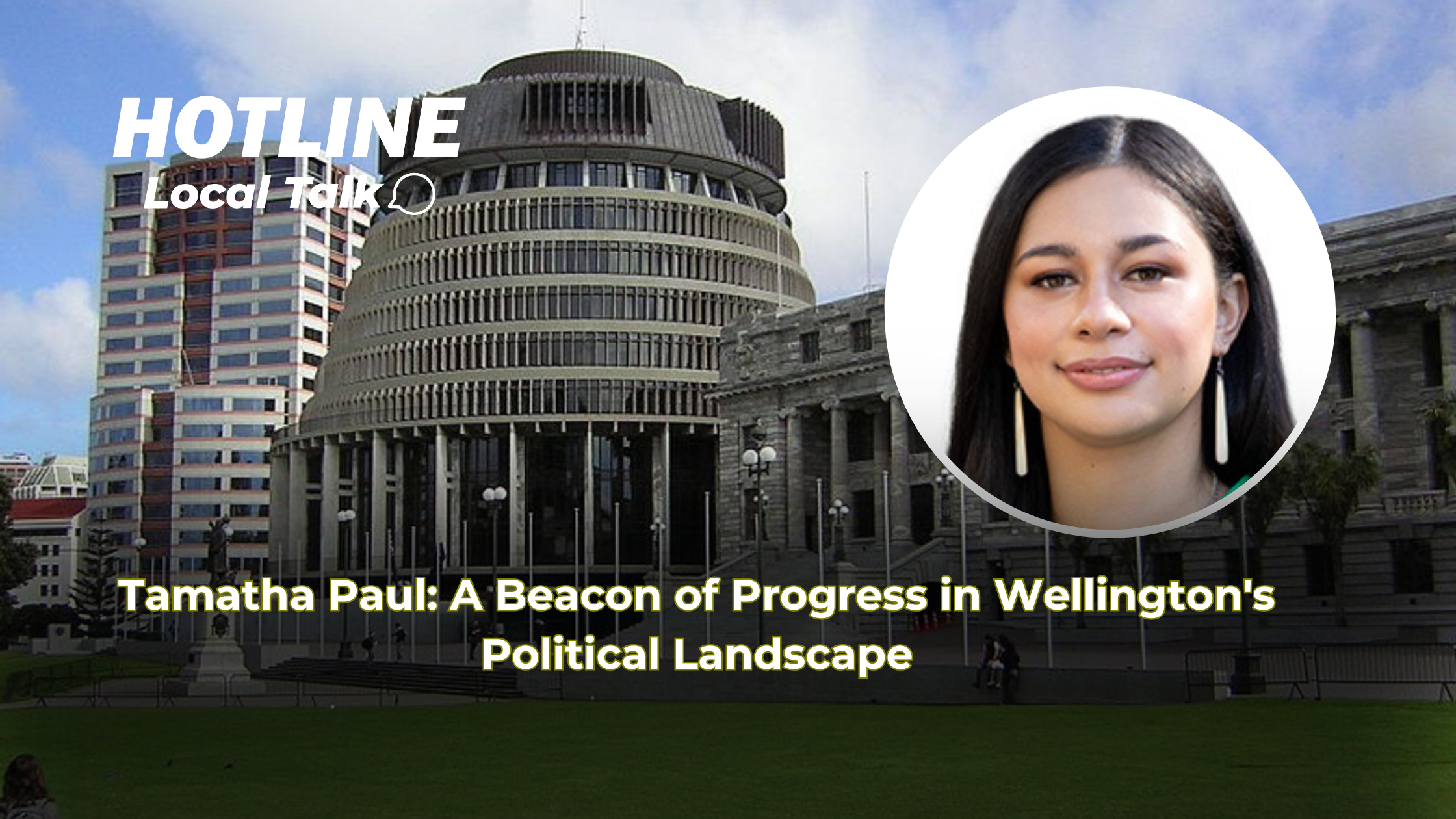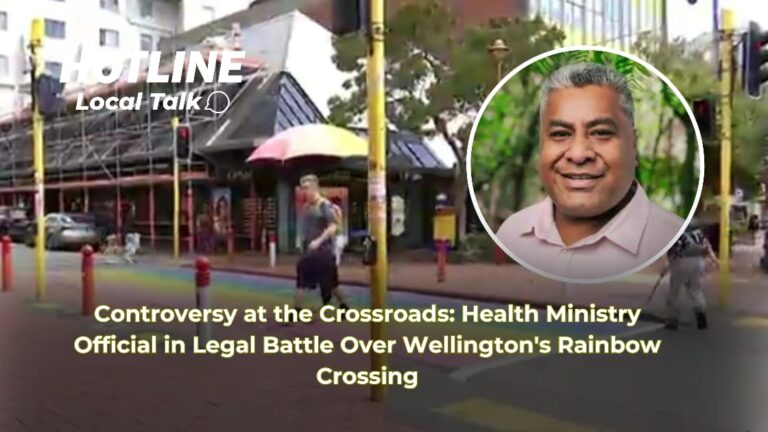Introduction
In a surprising turn of events, a senior official from the Ministry of Health, Dr Avataeao Junior Ulu, has found himself at the center of a legal dispute over Wellington’s iconic rainbow crossing on Cuba Street. This case, which involves a judicial review in the High Court, has sparked discussions on safety, community values, and personal versus professional responsibilities. This article, brought to you by One Network Wellington Live, delves into the details of this legal action, its implications, and the broader context within Wellington and New Zealand.
The Legal Case
Dr Ulu, the Director of Pacific Health, was one of four individuals who took legal action against Wellington City Council regarding the rainbow crossing. The case was brought forward to question whether the crossing complied with safety regulations. According to the applicants’ lawyer, Mai Chen, the focus was strictly on road safety and compliance with safety legislation, not on the symbolic or cultural significance of the crossing.
Dr Ulu’s Involvement
Initially, Dr Ulu participated in this court action in what was described as a “private capacity.” However, after media attention from 1News, the Ministry of Health issued a statement clarifying his position. Deputy Director-General Andrew Old stated that Dr Ulu had withdrawn from the case to avoid any misinterpretation of his motives, emphasizing that his involvement was solely based on safety concerns from the outset.
Community and Safety Concerns
The rainbow crossing on Cuba Street is not just a piece of road infrastructure; it’s a symbol of inclusivity and support for the rainbow community in Wellington. However, the legal challenge brought forward by Dr Ulu and others has raised questions about where safety ends and symbolism begins.
Safety Statistics
According to a study by the Wellington City Council in 2022, pedestrian crossings, including those with unique designs like the rainbow crossing, have not shown a significant increase in accidents compared to standard crossings. In fact, the study found that visibility and awareness around these crossings might actually enhance pedestrian safety due to their distinctiveness. However, the legal argument presented by Mai Chen suggests a focus on potential non-compliance with existing safety standards, which might not account for these community benefits.
Dr Ulu’s Position and Withdrawal
Dr Ulu’s decision to withdraw from the case was influenced by the potential for his actions to be misinterpreted, especially given his professional role. The Ministry of Health’s statement highlighted that Dr Ulu had always been clear about his safety concerns and had informed the ministry of his involvement once the situation could be misconstrued.
Support for the Rainbow Community
Despite his involvement in the legal action, Dr Ulu is described as a supporter of the rainbow community. Andrew Old mentioned his work with various community groups, including the fa’afafine community, which is part of his broader health initiatives. This duality in his public and private actions has led to a complex discussion about personal beliefs versus professional duties.
Political and Public Reaction
Minister of Health Simeon Brown commented on the situation, reinforcing that public servants must adhere to a code of conduct, and in this case, Dr Ulu was acting in his personal capacity. This distinction is crucial in understanding the boundaries of public officials’ personal engagements in legal matters.
Community Response
The Wellington community, known for its progressive stance on inclusivity, has mixed feelings. While some appreciate the focus on safety, others see the legal action as an attack on a symbol of diversity and acceptance. Public forums and social media have been abuzz with discussions, with hashtags like #RainbowCrossing and #WellingtonUnity trending locally.
Connection to Destiny Church
Dr Ulu’s association with Destiny Church adds another layer to this story. Destiny Church, known for its conservative views, has been involved in controversies related to rainbow crossings before. In 2023, the church and its leader Brian Tamaki claimed responsibility for defacing rainbow crossings in Auckland and Gisborne, actions that starkly contrast with the inclusive message of the Wellington crossing.
Historical Context
Research from Victoria University of Wellington indicates that religious affiliations can significantly influence public stances on social issues in New Zealand. A 2021 survey showed that 25% of respondents from conservative religious backgrounds had reservations about public displays of support for the rainbow community, highlighting a cultural divide that this case exemplifies.
Conclusion
The legal challenge against the rainbow crossing on Cuba Street by Dr Avataeao Junior Ulu has brought to light important discussions about safety, community values, and the role of public officials in personal legal battles. While Dr Ulu has withdrawn from the case to clarify his stance, the implications of this action continue to resonate within Wellington. As One Network Wellington Live, we aim to keep our audience informed and engaged with the developments of this case, respecting both the need for safety and the celebration of diversity in our city. Stay tuned for further updates as this story unfolds.
This article provides a comprehensive look at a complex issue, aiming to foster understanding and dialogue within our community. Remember, the strength of Wellington lies in its unity and respect for all its members.
CONTRIBUTE
Have stories, yarns, mad scoops, or community news to share. We often pay for awesome content and life shattering stories. What have you witnessed?








